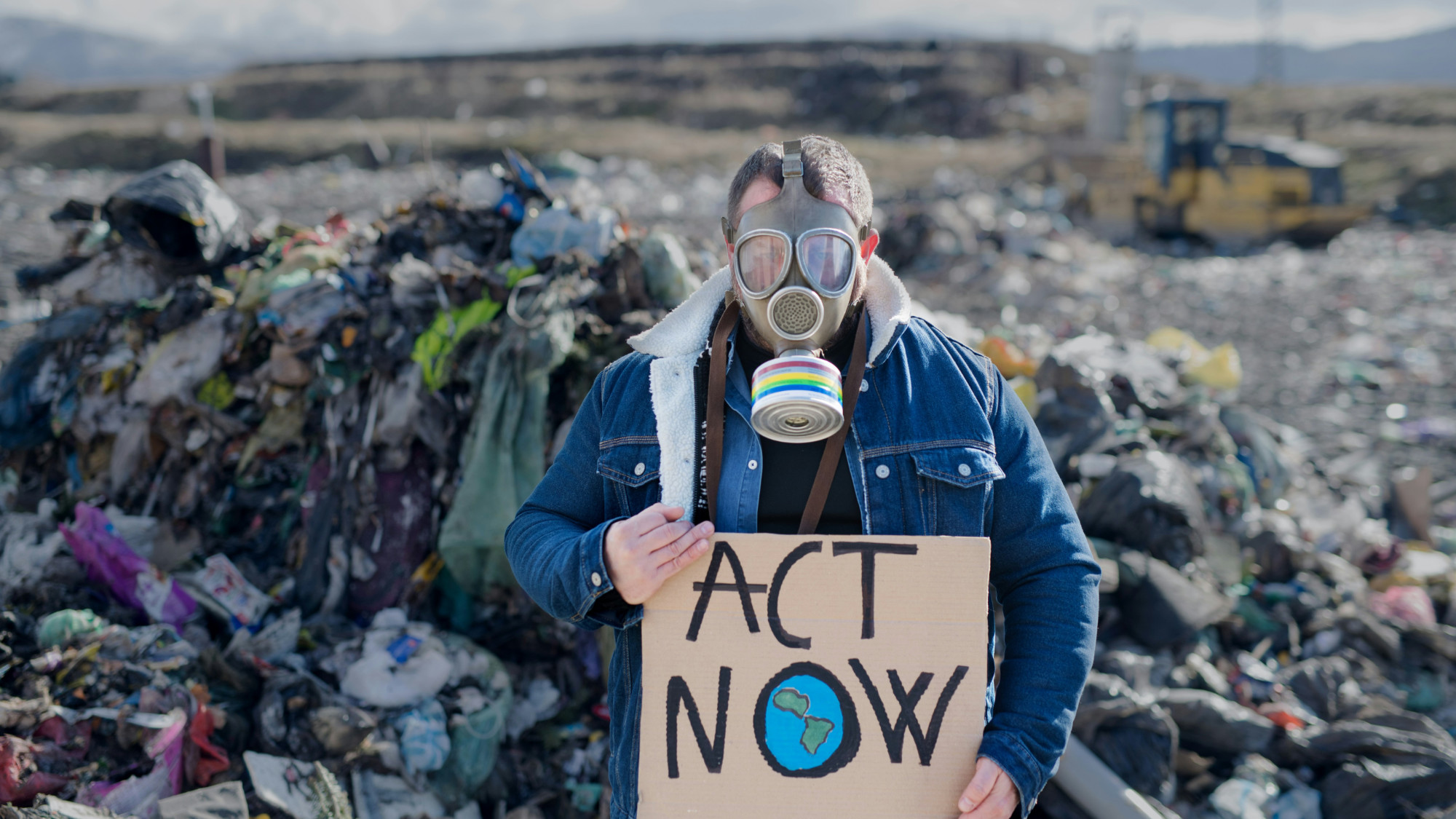This is not about activism or scaremongering. The following lines present bare facts and real dangers that the vast majority of current scientists are warning about. Their warnings are backed by years of research and analysis.
Global warming is a reality. The global climate report from the Copernicus program states that the average global temperature in 2023 was 1.48 °C higher than before the industrial revolution. The eight warmest years in recorded history have been noted since 2015.
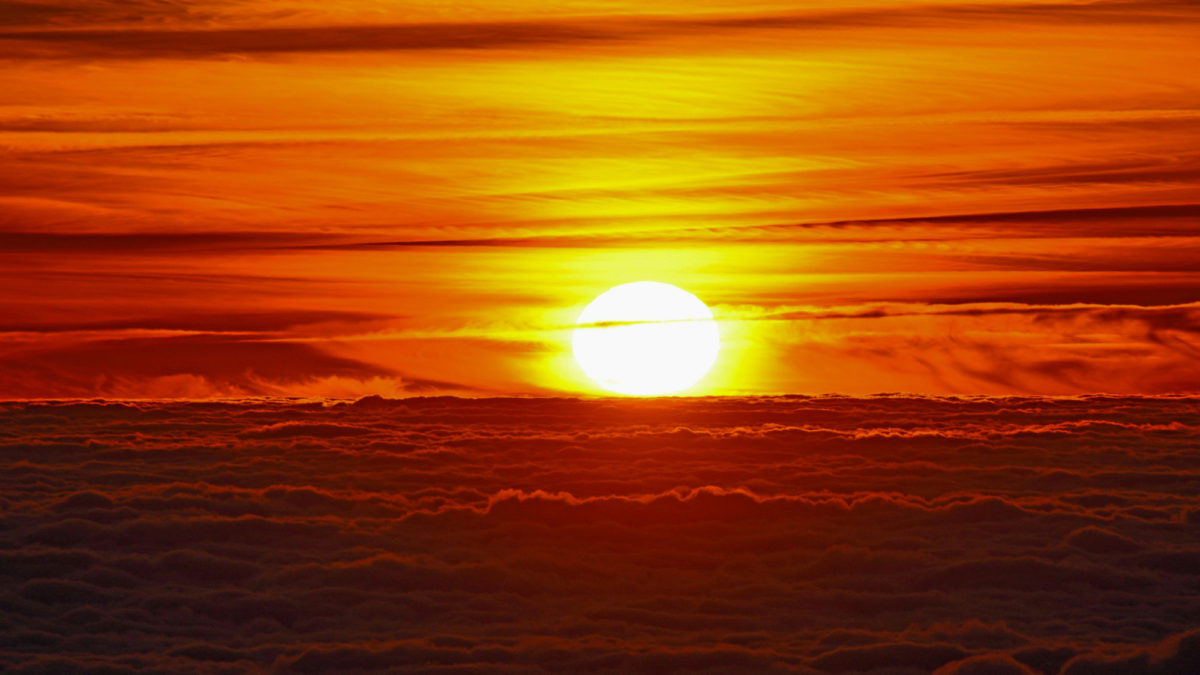
The Intergovernmental Panel on Climate Change (IPCC) warns that exceeding the warming threshold of 1.5 °C will have serious consequences. Unfortunately, current trends suggest that we are likely to exceed this threshold very soon.
What awaits us if we do not radically change course? Let’s look at possible future scenarios without sustainability.
Cities Underwater
Sea levels are rising at an alarming rate. According to forecasts, they could rise by up to 2 meters by 2100. This would mean flooding of coastal areas where hundreds of millions of people live.
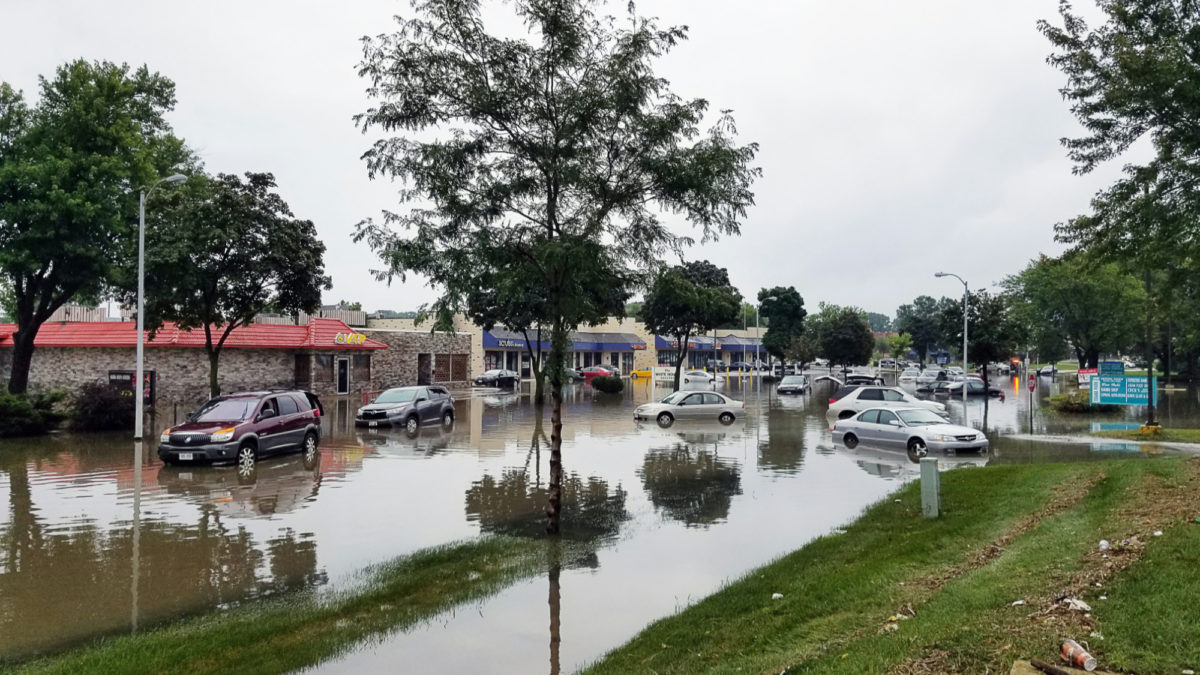
Major cities like New York, Shanghai, or Mumbai would face massive floods. Millions of climate refugees would seek new homes. Enormous social and economic pressures would arise.
Extreme Weather as a Daily Routine
Heatwaves, droughts, and fires would become a regular part of life. According to estimates, by 2050 up to 3.5 billion people could be exposed to regular extreme heatwaves.
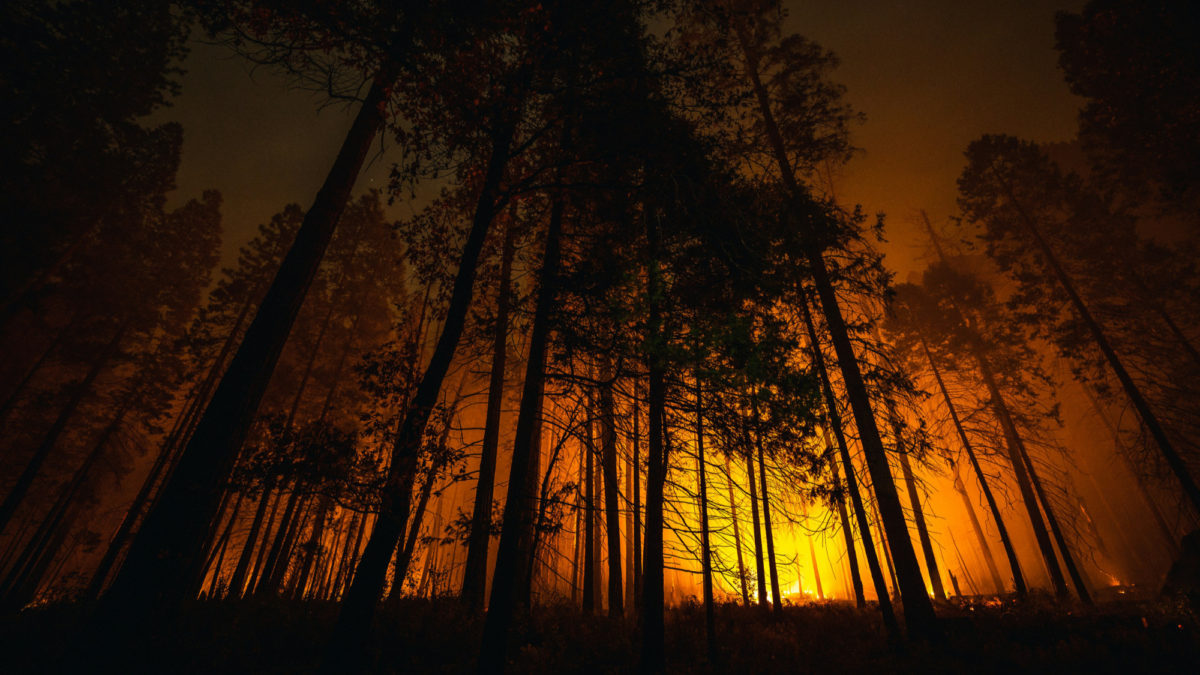
Agriculture would suffer. Crop yields would decrease, and food prices would rise sharply. Hunger and malnutrition would affect hundreds of millions of people, especially in poorer areas.
Species Extinction in Full Swing
The current rate of species extinction is likely up to 1000 times higher than the natural rate. About 80 animal species go extinct every day. If this trend continues, half of all known species could be extinct by the end of the century.

The collapse of ecosystems would have incalculable consequences. Food chains would be disrupted, entire habitats would disintegrate. The consequences for humanity would be catastrophic.
Population Explosion and Resource Depletion
According to UN forecasts, the world population could reach 11 billion by 2100. Such a high number of people would place enormous demands on the already overburdened resources of the planet.
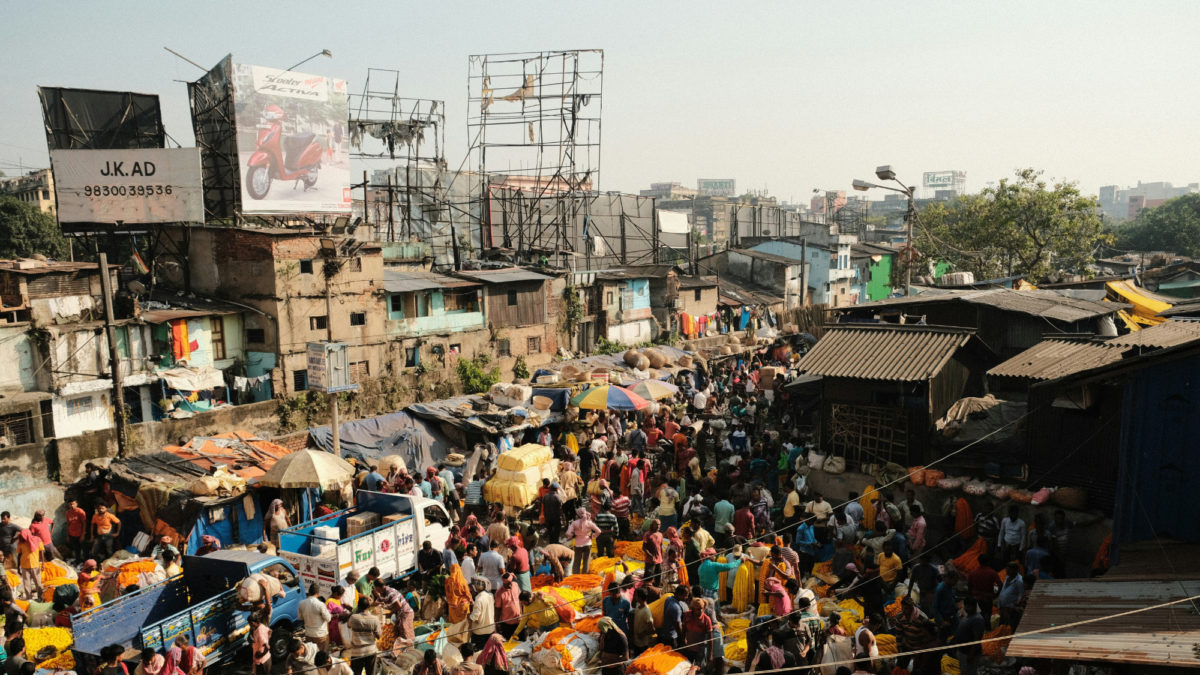
A shortage of drinking water, food, and energy would lead to conflicts and mass migration. Social tensions would rise, and the geopolitical situation would be extremely unstable.
Hope Still Lives
These are just some of the possible scenarios. The reality could be even worse. The good news is that we still have a chance to change course.
The transition to renewable energy sources, sustainable consumption, and nature conservation are key. Every individual can contribute. But time is running out quickly. We need to act now.

